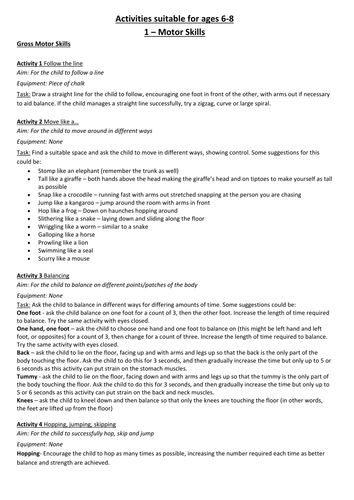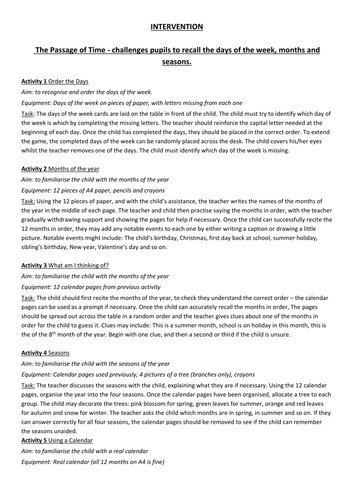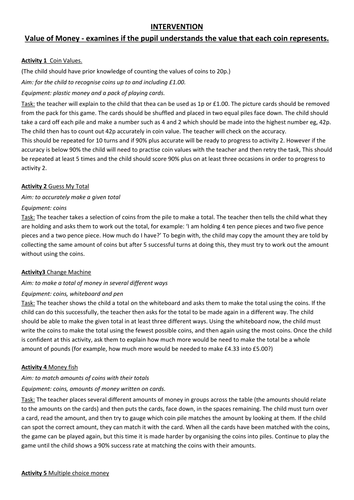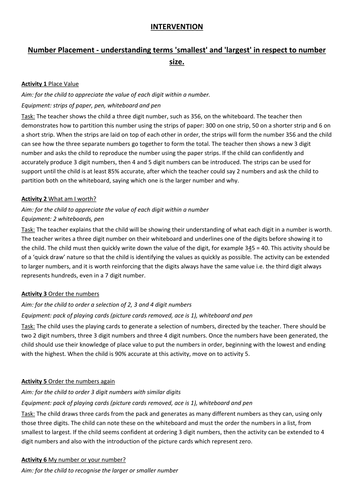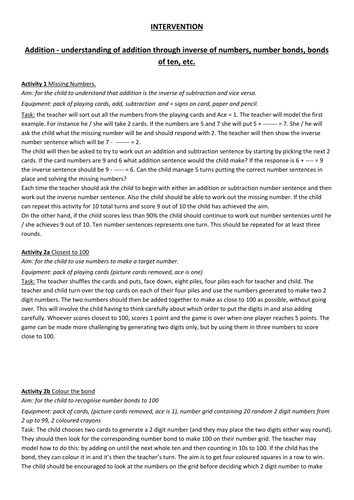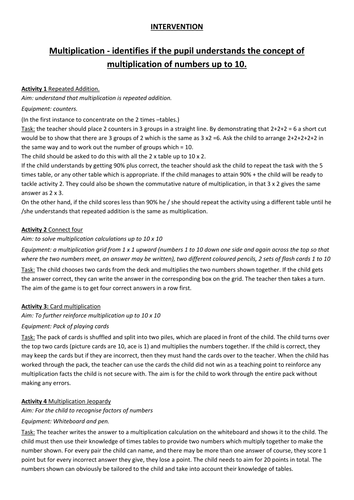Clever Bee Resources
After 19 years at the chalk face, I have a very good idea of what works and what doesn't. The resources in my shop have all been designed and used by me throughout my career and have been tested on live children (none of whom were injured in the process) If you'd like to see a resource I haven't yet uploaded, please let me know as I probably have something useful tucked away (but bear with me, as I still work full time and we all know how many hours that means!)



